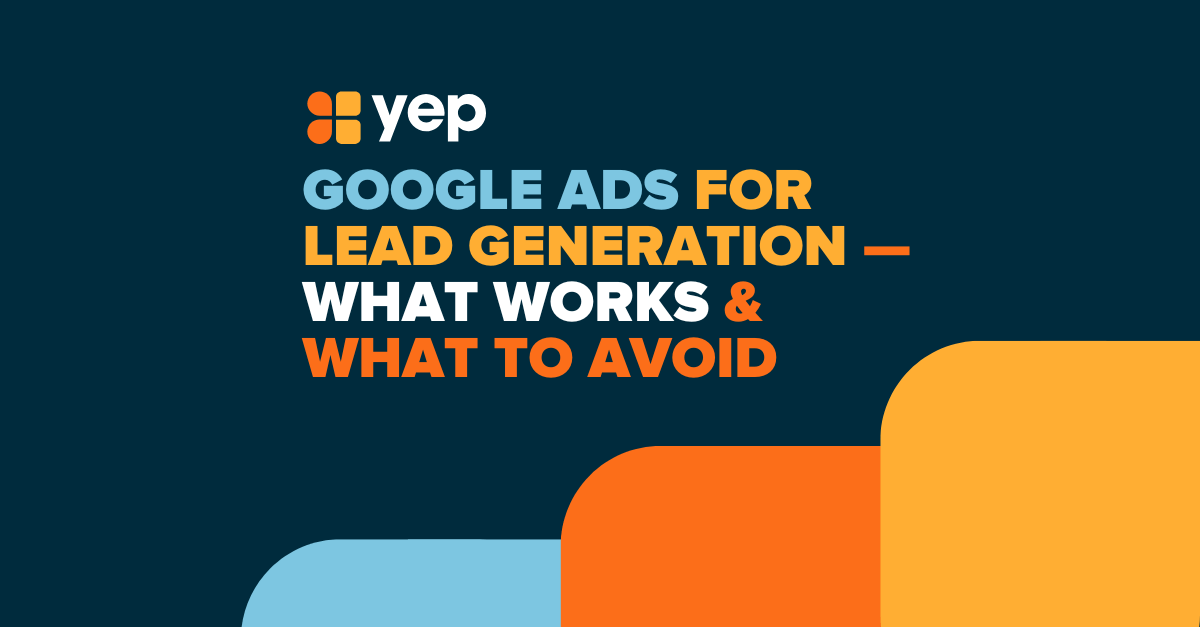
Google Ads for Lead Generation — What Works in 2026
Каждому бренду нужны результаты уже вчера - и Google Ads их обеспечивает. В отличие от других каналов, где вы перебиваете людей, здесь вы появляетесь именно тогда, когда человек готов к действию.
If you need leads quickly, Google Ads remains one of the best tools available in 2026. Why? Because when someone types “plumber near me” or “get a free roofing estimate,” they’re not browsing casually — they’re looking to take action. That intent is powerful. With the right setup, you can put your brand directly in front of those ready-to-buy users and turn clicks into real leads.
Конечно, не все так радужно: расходы растут, конкуренция ожесточенная. Но для брендов, которые хорошо подготовились и удвоили свои усилия, Google Ads по-прежнему обеспечивает более быстрое и масштабируемое привлечение клиентов, чем многие другие каналы. Сотрудничайте с Yep Ads, чтобы запускать более умные и эффективные кампании, которые дают измеримые результаты.
Основные выводы
- Google Ads обеспечивает мгновенный доступ к высокоинтеллектуальным пользователямчто делает его одним из самых быстрых каналов генерации лидов.
- В Google Ads таргетинг специфичен: вы можете выбрать правильные ключевые слова, аудитории и время планирования объявлений, чтобы вы платили за лиды, а не за пустые клики.
- Посадочные страницы имеют значение-Четкие CTA, быстрое время загрузки и соответствие рекламной копии напрямую влияют на конверсию.
- Качество свинца > объем свинца-Такие показатели, как CPL, коэффициент конверсии лидов в продажи и ROAS, показывают истинную ценность кампаний.
- Непрерывный тестирование, оптимизация и интеллектуальные торги делают рекламу еще более эффективной.
Оглавление
- Реклама Google для генерации свинца - почему она все еще работает
- Как Google Ads помогает вам генерировать больше ссылок
- Настройка рекламы Google правильным способом
- Рекомендации и рекомендации по проведению кампаний по привлечению потенциальных клиентов
- Передовые тактики для повышения качества свинца
- Измерение успеха с помощью правильных показателей
- Распространенные ловушки и как их избежать
- Заключительные мысли и дальнейшие шаги
- Вопросы и ответы
Как Google Ads поможет вам привлечь больше потенциальных клиентов
Мгновенная видимость для высокоинтеллектуальных пользователей
Google Ads places your business in front of people who are already searching for solutions. В отличие от органических стратегий Платный поиск предоставляет немедленный доступ к пользователям, готовым действовать, что делает его одним из самых быстрых способов генерирования квалифицированных лидов.
Сначала узнайте свою аудиторию
Успех начинается с данных. Такие инструменты, как Консоль поиска Google и Планировщик ключевых слов поможет вам выяснить, что ищет ваша аудитория, где она находится и чем интересуется. Анализируя запросы и демографические данные, вы сможете сформировать рекламную копию, которая будет резонировать с нужными людьми в нужный момент.
Целевые ключевые слова, которые конвертируются
Настоящая сила Google Ads заключается в ключевых словах. Высокоинтенсивные поисковые запросы, такие как "Получить предложение", "Купить сейчас" или "Запланировать обслуживание". как правило, обеспечивают наилучшие результаты. Смешивание короткохвостых и длиннохвостых ключевых слов позволяет охватить как широкую, так и нишевую аудиторию.
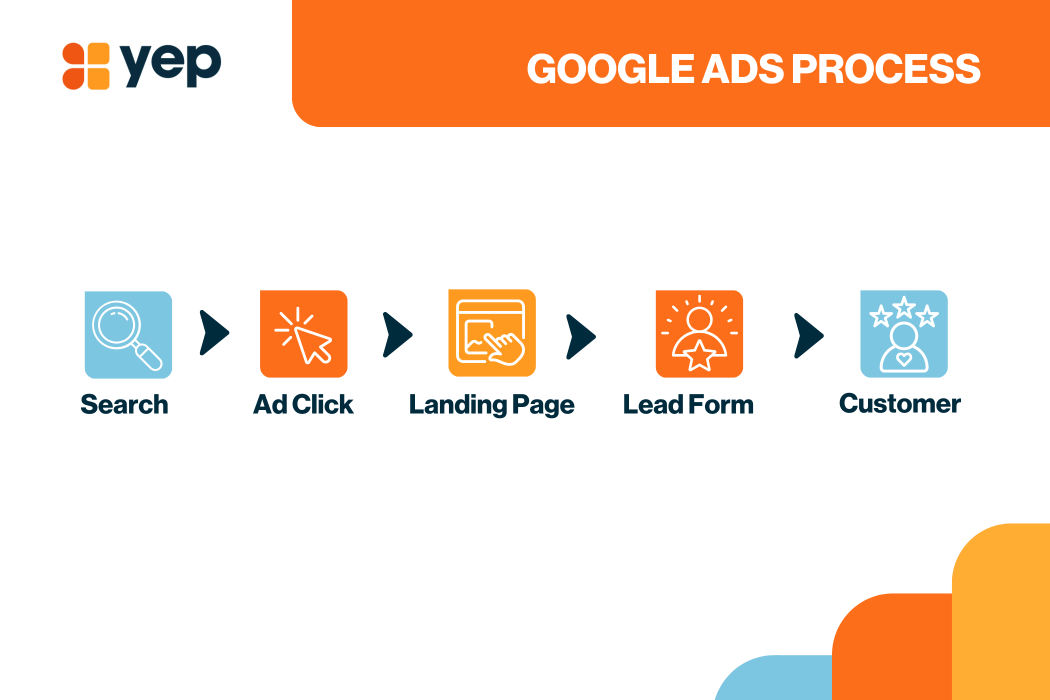
Источник изображения: Мы
Посадочные страницы заключают сделку
Клики сами по себе не генерируют бизнес; ваш Посадочная страница делает или разрушает лидер. Страницы с чистым дизайном, быстрой загрузкой и четким призывом к действию (например, простая форма или кнопка вызова) побуждают пользователей сделать следующий шаг. Согласование целевой страницы с копией объявления также улучшает Quality Score, снижая затраты и повышая конверсию. Из Руководство по WordStream: Компании, которые сочетают высокоинтенсивные ключевые слова с убедительными рекламными сообщениями и хорошими целевыми страницами, часто отмечают более высокие показатели конверсии.
Сильная целевая страница должна:
- Быстрая загрузка (особенно на мобильных устройствах), чтобы пользователи не уходили.
- Соответствие рекламной копии Чтобы посетители видели именно то, что ожидали увидеть при нажатии.
- Один четкий CTA - например, короткая форма, кнопка вызова или инструмент планирования - без отвлекающих факторов.
- Используйте чистый дизайн с удобной навигацией и сигналами доверия (отзывы, значки безопасности, свидетельства).
Когда целевые страницы тесно связаны с рекламными кампаниями, вы не только повышаете конверсию, но и улучшаете Оценка качества. Это означает снижение CPC, повышение рейтинга объявлений и улучшение Общая рентабельность инвестиций.
Мы помогаем нашим партнерам оптимизировать целевые страницы, согласовывать сообщения и сокращать напрасные расходы, чтобы каждый клик имел больше шансов стать клиентом.
Расширения объявлений повышают ценность
Такие особенности, как ссылки на сайт, кнопки вызова и расширения местоположения делают ваши объявления более увлекательными и полезными. Они улучшают видимость в результатах поиска и дают пользователям больше причин для клика, повышая CTR и объем лидов.
Ремаркетинг поможет вам оставаться в центре внимания
Не каждый пользователь конвертируется с первого раза. Ремаркетинговые кампании позволяют повторно привлечь тех, кто посетил ваш сайт, но не предпринял никаких действий. Напомнив им о своем предложении, вы повышаете вероятность превращения интереса в лид.
Оптимизация на основе данных
Настоящая сила Google Ads - в постоянном тестировании. По ссылке показатели отслеживания как CPL, CTR и коэффициент конверсии, вы можете со временем уточнять ключевые слова, рекламную копию и таргетинг. Каждая корректировка делает ваши кампании более тонкими, умными и прибыльными.
Как оптимизировать рекламу Google, чтобы получить больше лидов
Сосредоточьтесь на оптимизации кампании Google Ads, чтобы получить качественные лиды. Вот несколько моментов, на которые следует обратить внимание при работе над настройкой кампании:
- Исследование ключевых слов с намерением
Используйте такие инструменты, как Google Keyword Planner, чтобы найти ключевые слова, которые люди используют, когда готовы действовать (например, "получить смету на кровельные работы", "расценки на сантехнические услуги"), а не просто общие. Смешивайте длиннохвостые и коммерческие ключевые слова.
- Согласование рекламных текстов и сообщений
Убедитесь, что ваши объявления четко соответствуют тому, что ищут люди. Если кто-то ищет "гидроизоляция бассейна цена", заголовок или описание должны говорить о стоимости/оценке, доверии или скорости - в общем, о том, что его, скорее всего, интересует.
- Посадочные страницы, которые конвертируют
После того как клик произошел, посадочная страница должна обеспечить: быструю загрузку, удобство для мобильных устройств, понятную форму/метод контакта, согласованность сообщений с объявлением. Несоответствие объявления → посадочной страницы - одна из основных причин потерь.
- Отслеживание конверсии и аналитика
Правильно настройте действия по конверсии (отправка лидов, заполнение форм, телефонные звонки). По возможности отслеживайте ценность (некоторые лиды стоят больше). Сделайте данные основой вашей оптимизации.
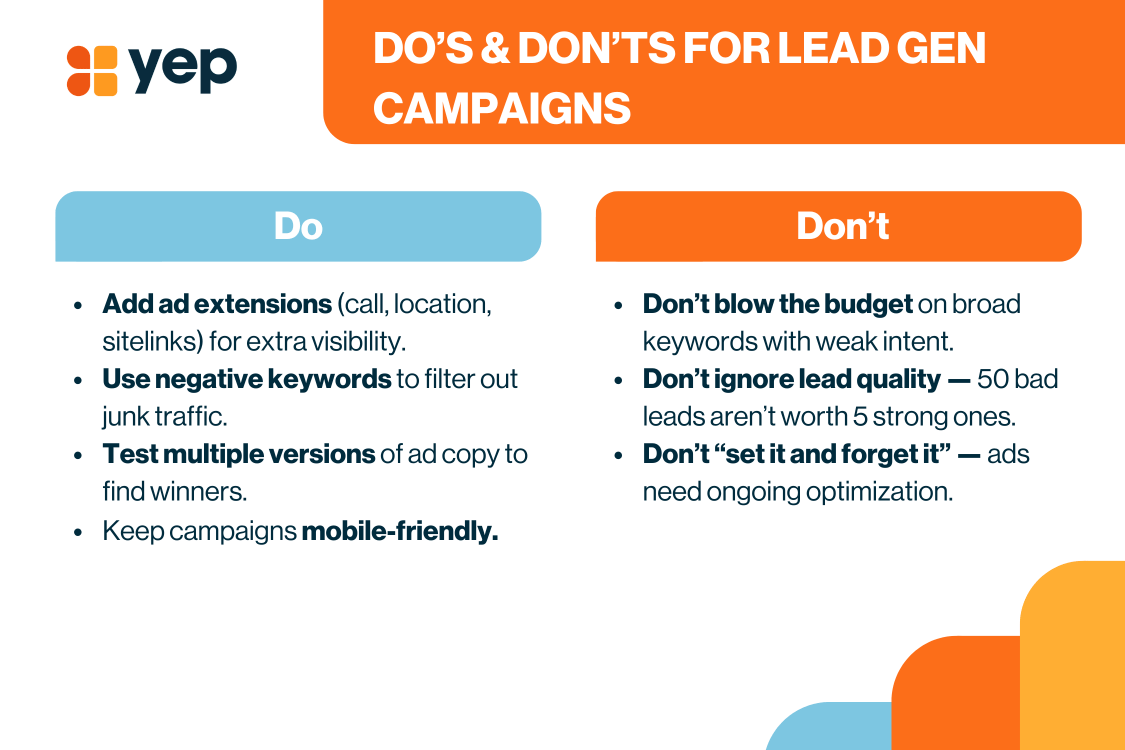
Источник изображения: Мы
Рекомендации и рекомендации по проведению кампаний по привлечению потенциальных клиентов
Давайте рассмотрим подробнее, что следует и чего не следует делать при организации кампании по генерации лидов:
До:
- Используйте расширения объявлений (звонки, местоположение, sitelinks), чтобы повысить видимость и полезность. Используйте отрицательные ключевые слова, чтобы блокировать нерелевантные поисковые запросы и избежать напрасных кликов. Протестируйте несколько рекламных копий/заголовков/вариантов, чтобы найти наиболее эффективные.
- Сосредоточьтесь на локальных или геотаргетированных настройках, если зона вашего обслуживания ограничена.
- Используйте ремаркетинг, чтобы вернуть людей, которые взаимодействовали с вами, но не конвертировали.
- Убедитесь, что ваша кампания дружелюбна к мобильным устройствам: если ваша целевая страница плохо работает на мобильных устройствах, вы будете терять клиентов.
Не стоит:
- Не выбирайте только широкие ключевые слова с большим объемом, но низким намерением: вы будете много платить за клики, которые не конвертируются.
- Не упускайте из виду стоимость низкого качества лидов. Дешевый лид не всегда дешев, если он плохо конвертируется.
- Не создавайте кампании и не оставляйте их в покое; оптимизация с течением времени имеет значение.
Передовые тактики для повышения качества свинца
Когда у вас будет достаточно данных о конверсии, переключитесь на Интеллектуальные торги например, Target CPA или Target ROAS. Это поможет Google сосредоточиться на лидах, которые действительно конвертируются, а не просто на кликах.
Добавить Сигналы аудитории, например, аудитории на рынке или пользовательские аудитории намерений. Эти слои привлекают пользователей, которые уже проявляют сильное покупательское намерение.
Используйте Планирование рекламы Запускать рекламу в нужное время - например, в рабочие часы, когда люди, принимающие решения, активны, - вместо того чтобы тратить бюджет на низкокачественный трафик.
Для сферы услуг добавьте Продление вызова. Они позволяют высокоинтенсивным пользователям легко звонить прямо из рекламы.
Не все зацепки одинаковы. По ссылке присвоение значений преобразованияВы можете заставить Google отдавать предпочтение высокоприоритетным ссылкам, а не низкоприоритетным.
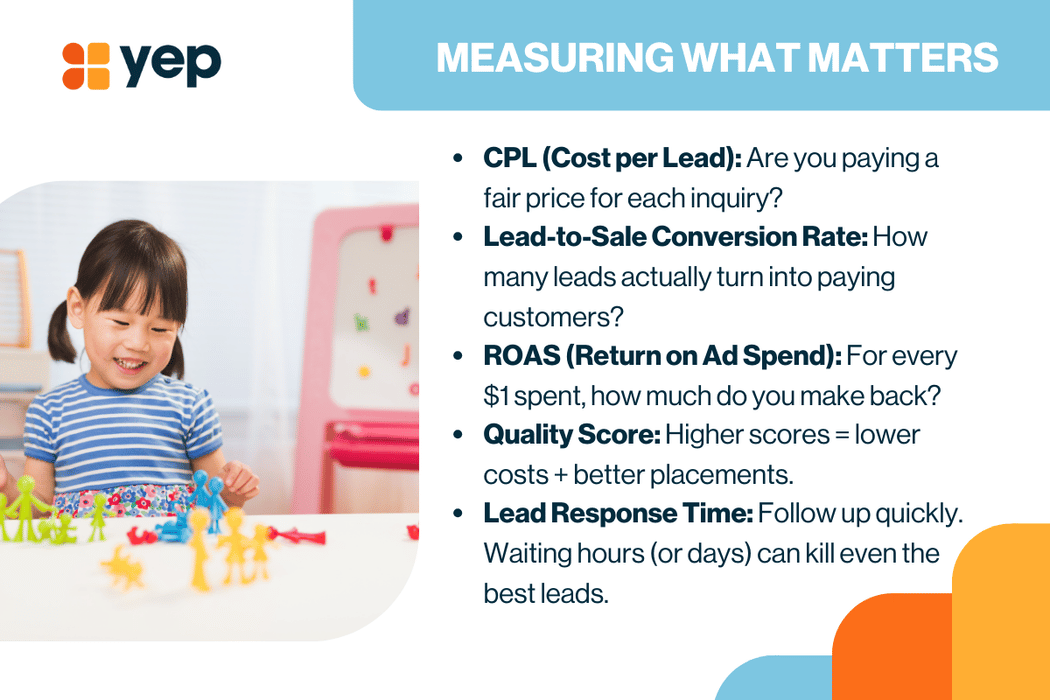
Источник изображения: Мы
Измерение успеха с помощью правильных показателей
Стоимость одного лида (CPL): Не останавливайтесь на стоимости одного лида - посмотрите, сколько из этих лидов действительно превращаются в платящих клиентов. Дешевый лид, который никогда не конвертируется, не является ценным.
Коэффициент конверсии лидов в продажи: Это показывает истинное качество ваших ссылок. Если вы закрываете 30% лидов из одной кампании и только 5% из другой, вы знаете, куда вкладывать деньги.
Рентабельность рекламных расходов (ROAS): Отслеживайте, сколько прибыли вы получаете на каждый потраченный доллар. Это особенно важно, если ваши лиды приносят повторяющиеся или высокодоходные продажи.
Оценка качества и доля впечатлений: Они помогают выявить неэффективные действия. Низкий показатель качества означает, что ваши объявления или целевые страницы нуждаются в доработке. Низкий показатель доли впечатлений говорит о том, что вы уступаете конкурентам.
Показатели отказов и вовлеченность: Если люди нажимают на кнопку, но сразу же покидают вашу целевую страницу, это свидетельствует о несоответствии между рекламными обещаниями и впечатлениями от страницы.
Время реакции на свинец: Даже сильные потенциальные клиенты теряют свою ценность, если с ними не связаться быстро. Более быстрые последующие действия почти всегда означают более высокие показатели закрытия сделок.
Распространенные ловушки и как их избежать
- Завышение ставок или установление слишком высоких бюджетов перед тестированием.
- Позволяйте ключевым словам с широким подбором или слабо подобранным ключевым словам съедать расходы.
- Не обновляйте объявления при изменении тенденций поиска.
- Использование типовых целевых страниц, которые не соответствуют рекламным сообщениям.
- Невозможность отсеять некачественные лиды или географические зоны.
Зачем использовать Google Ads в паре с Performance Marketing?
Самостоятельный запуск Google Ads может быть дорогостоящим - каждый клик стоит денег, независимо от того, конвертируется он или нет. Вот тут-то и приходит на помощь performance-маркетинг. Вместо того чтобы платить за трафик, вы платите только за реальные действия, например за лиды или продажи. Это менее рискованный способ масштабирования.
В Yep Ads мы соединяем эти два направления: поисковые кампании, основанные на данных, и проверенные партнерские воронки. Результат? Меньше напрасных трат, больше высококачественных ссылок и рост, который вы можете реально предсказать.
Заключительные мысли и дальнейшие шаги
Google Ads и все варианты поискового трафика могут быть как денежной ямой, так и денежной машиной. Разница заключается в настройке, отслеживании и оптимизации. Бренды, которые проводят тестирование, выравнивают целевые страницы и сосредотачиваются на привлечении клиентов качество быстрее растут, чем те, кто относится к ним как к инструменту "установи и забудь".
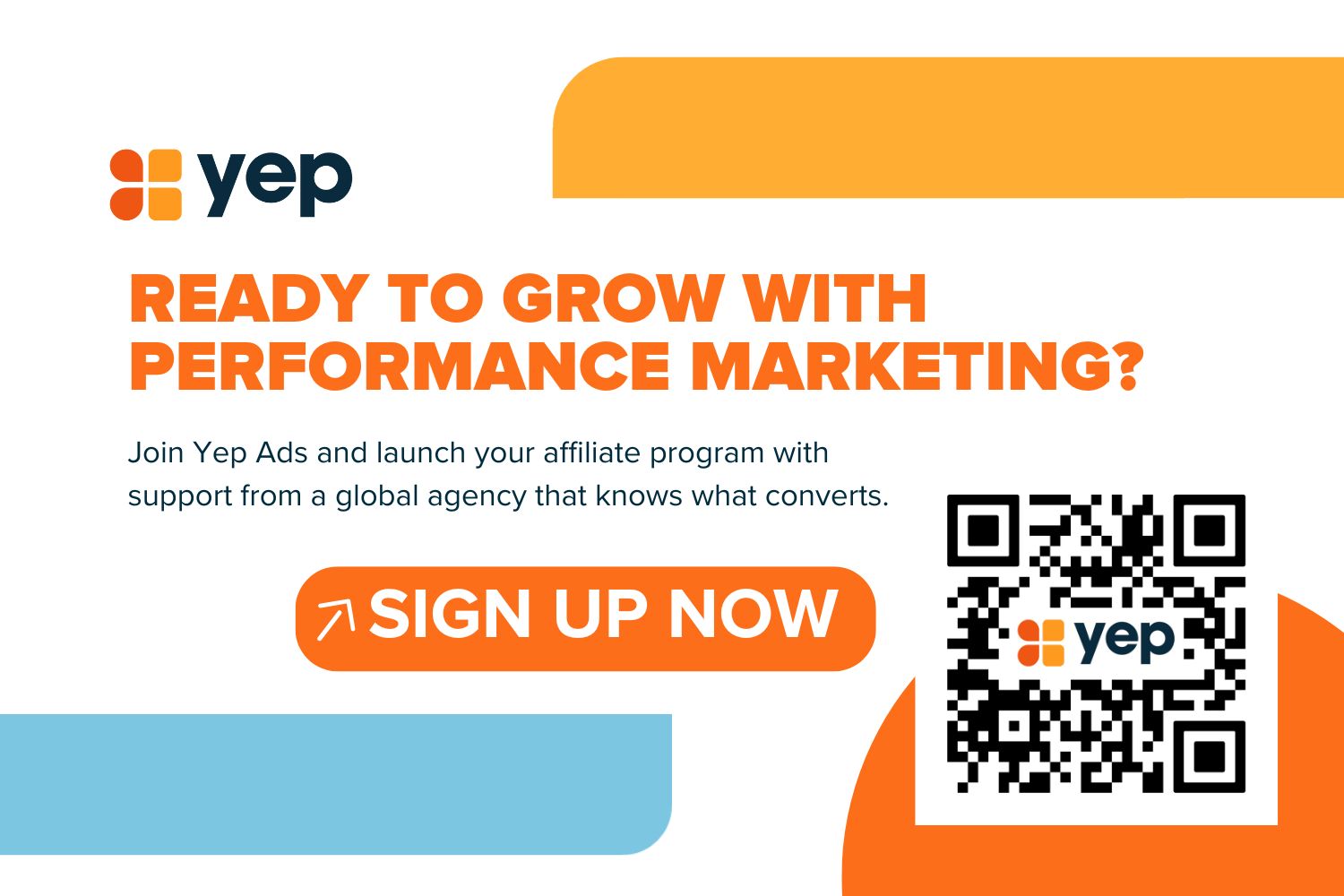
Источник изображения: Мы
Часто задаваемые вопросы о Google Ads для Lead Gen
Сколько нужно выделить средств на привлечение клиентов с помощью Google Ads?
Это зависит от вашей вертикали, конкуренции и того, сколько стоит "лид" для вас. Начните с меньшего бюджета на тестирование, соберите данные о конверсии, а затем масштабируйте то, что работает.
Какие типы соответствия ключевых слов следует использовать?
Начните с фразы и точного совпадения, чтобы контролировать расходы и релевантность. Вы можете экспериментировать с широким соответствием, если у вас есть хорошая фильтрация отрицательных ключевых слов и бюджет для тестирования.
Как скоро я увижу стабильные результаты?
Обычно для установления закономерностей требуется несколько недель - ключевые слова, копии объявлений и группы объявлений часто требуют 2-4 недель сбора данных для уверенной оптимизации.
Как повысить качество некачественных ссылок?
Фильтруйте по географии, устройствам, времени суток, настраивайте ключевые слова, уточняйте копию объявления и используйте исключения. Иногда помогают вопросы в лид-форме или стробирование.
Следует ли мне использовать автоматизированные инструменты Google (например, Performance Max или Smart Bidding)?
Да, если у вас есть достаточная история конверсий. Они могут помочь повысить эффективность. Но всегда внимательно следите за этим - при неправильной настройке эти инструменты могут увеличить расходы.
